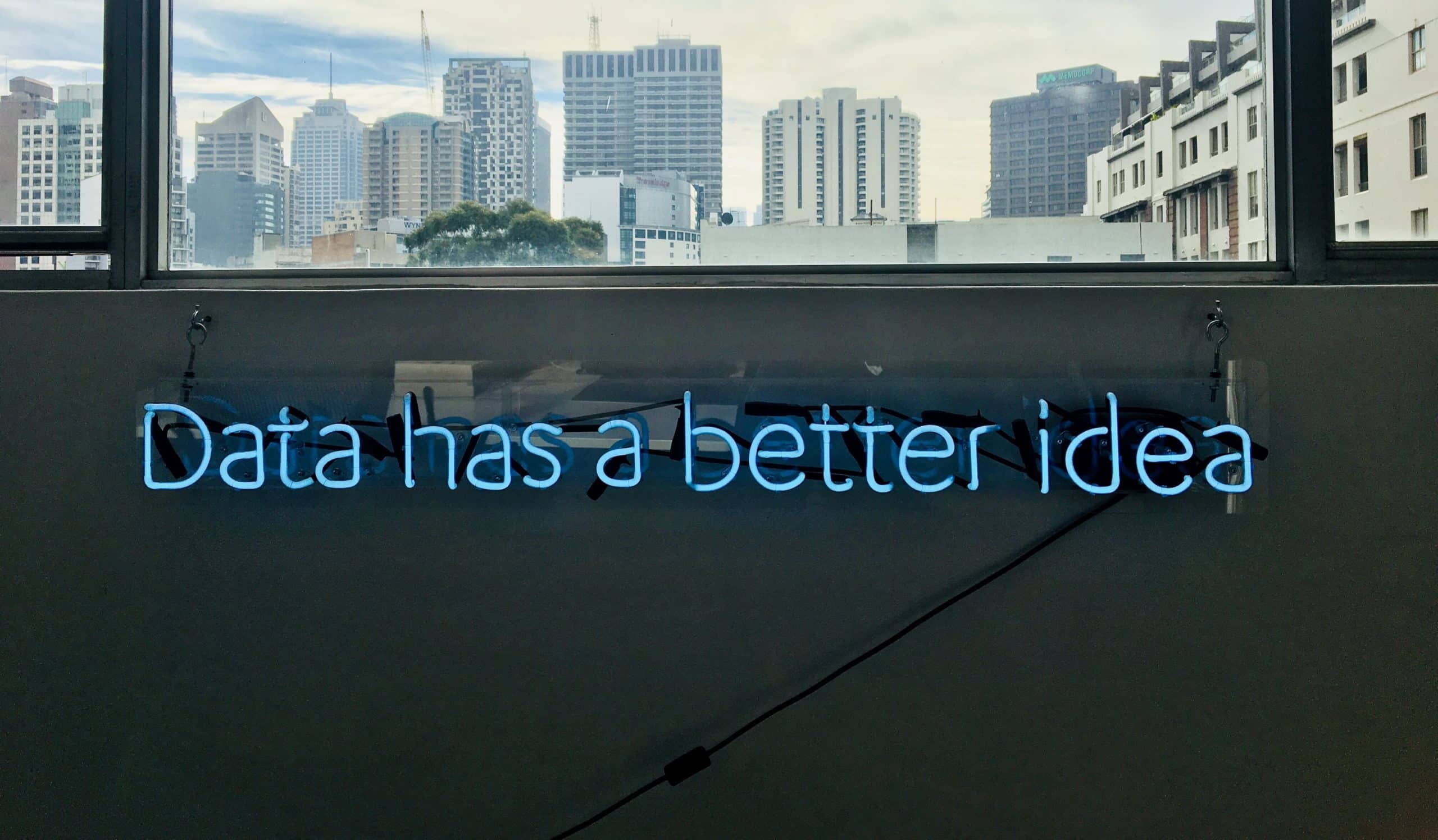The emergence of a new generation of data management and analytics tools enables organizations to uncover, predict and measure the impact of whatever comes their way in greater detail. However, these tools and methodologies are not leveraged to their fullest capacity usually because of poor governance, under utilization of data and an inadequate data culture, says Jürgen Klein, Platform Lead Data & Analytics at Prodware.
This is compounded by the fact that most organizations compartmentalize their data and run isolated data processes led by teams not really used to or intent on sharing data and who do not necessarily garner unanimous internal support. And even worse, that data is often split up in different files and rarely gets updated.
Data or the beautiful data slumber
There are two instances when data is poorly leveraged. The first is when it comes to decision-making. Most decisions are made based on one’s extensive experience or educated hunch, even though that experience or hunch may prove irrelevant. The second instance is when teams all agree and decide on something and then look up information and data to substantiate that decision which does not really lead to fully leveraging the value of that data. Both of these situations lead to a significant competitive disadvantage compared to those organizations that get their data to talk.
As a general rule, data, today’s new black gold, keeps piling up in data bases but organizations fail to really process that data to its fullest, making only very superficial use of that data with Power BI-type tools. A change in mindset is definitely called for in order to push beyond our conventional limits. These tools should still be used however, but should be considered as a component of a much broader data value chain1 and not like a building block of a comprehensive data strategy.
Let’s look at a company that conducts its revenue analysis breaking down the figures by sales per customer, geographic area and period using a reporting template. This approach, although relevant, does not allow for a deeper look and appreciation of the data. A company can not measure for instance, the impact of other types of data sets on sales, such as the cost of raw materials, feedback from customers on new products culled from social media posts, how much the competition sells its products, website traffic, business news and so on…
The Netflix example: as good as it gets
That need to always have to establish causal relationships or determining a trend between data sets is very specific to companies known as « predator » type organizations2. This is the case for Netflix that gathers and analyzes raw sets of data based on user preferences: their previous searches, their habits, choices, ratings, viewing time and so on. Data collected this way contributes therefore to creating a virtuous circle (“Data network effects”).
What that means is that the more Netflix collects and cross-references data on its customers, the better it can fine-tune its offering and better serve customer demand with all that available data. Moreover, processing all these data sets allows for the development of new products (deep-dive segmentation), predictive maintenance schemes or new business models (from selling products to selling product-based services), and so on.
Data, the Mother of all Virtues
“Culture eats strategy for breakfast”, is a quote from Peter Drucker that implies that if people do not take part in the data strategy, then that strategy is doomed. In actual fact, wanting to cross reference different data sets can cause a disequilibrium between management’s vision on data and the reality of what goes on in the field.
That said there is no miracle solution to speak of as each organization is unique, but there are several ways data can be handled better. Generally, a virtuous data processing model requires that everyone speak the same language to start off with and that there is a clear explanation on where the data comes from and how it is going to be used within the organization. Also different steps need to be taken to ensure data availability and accessibility (data democratization), traceability and quality of the data. Finally, everyone has to understand that we need to unravel the hidden potential of business data and appreciate how sharing data is an absolute game changer.
Not only must management acquire the technical resources to cross-reference data, it must also adopt a holistic approach, support different initiatives even if they fail at first, and make sure that there is real buy-in of this new data culture across all departments. Meanwhile, the idea of data proprietorship by a specific group of users or entity has to now to be considered a model of the past.
« Numbers are fragile beings. If you torture them long enough, they will confess to anything. » said Alfred Sauvy. This quote applies to data perfectly. Without a thorough data management approach, you can not expect any kind of advanced analytical data output. The required thoroughness has to be built up step-by-step with all the stakeholders.
Cross-referencing data is an undeniable accelerator that adds value not only to organizations but to society as a whole. It comes as no surprise that the most advanced economies such as the United States have already embarked on a multi-annual action plan promoting data sharing architectures and governance mechanisms. The EU has come up with a similar action plan called the Data Act in 2022. The new rules will make more data available for reuse and are expected to create €270 billion of additional GDP by 2028. The Data Act addresses the legal, economic, and technical issues that lead to data being under-used.
The whole point of cross-referencing data to unleash its value makes even more sense if you come to realize that the data itself is like a hub where culture and economy come together. As such, a completely new version of what data has to offer is at hand to rethink the world around us and appreciate what it has to offer. And, incidentally, data can become a lever (or tool) of a governing power in place. As always, when it comes to power, it can be put to good use or used the wrong way. It all depends on who is at the top.
Article initially published in News informatique





